The Brazos Review: AMD's E-350 Supplants ION for mini-ITX
by Anand Lal Shimpi on January 27, 2011 6:08 PM ESTVideo Decode Capabilities: Is Brazos the New ION?
While Atom may have been the right product at the right time, it was a very conservative architecture paired with a very conservative platform. For netbooks and nettops Intel chose to assume no risk at all, pairing Atom with the proven 945 chipset. As a result, it left a lot of room for innovation - something NVIDIA saw and capitalized on with ION.
While VIA created the mini-ITX form factor, it was really NVIDIA that made it interesting. The first mini-ITX ION platforms gave you almost everything you needed to build a fully capable HTPC. For video playback, with NVIDIA’s GPU (or at least its fixed function decode pipeline) doing the heavy lifting, the fact that you had an anemic Atom a couple centimeters away didn’t matter. The problem with ION is that it had no future. Without a DMI license, NVIDIA would not be able to build future versions of ION for Atom’s successors. Even after the settlement it’s unlikely we will ever see modern versions of ION, especially considering that Intel’s 2011 Atom platform (Cedar Trail) will finally integrate H.264 decode acceleration in Q4.
Where Intel is conservative, AMD will innovate. Brazos adds a number of advantages from a media standpoint over Atom. There’s native HDMI support and a full implementation of AMD’s UVD3 decode engine supporting hardware H.264, VC-1 and MPEG-2 acceleration. Although both of these advantages are also enjoyed by ION the next feature isn’t. Brazos supports Dolby TrueHD and DTS-HD MA bitstreaming over HDMI. From a feature standpoint, Brazos is even more complete than ION.
I ran MSI’s Brazos board through our Media Streaming compatibility suite. Below is Brazos’ compatibility score compared to the other devices and HTPCs we’ve put through the suite:
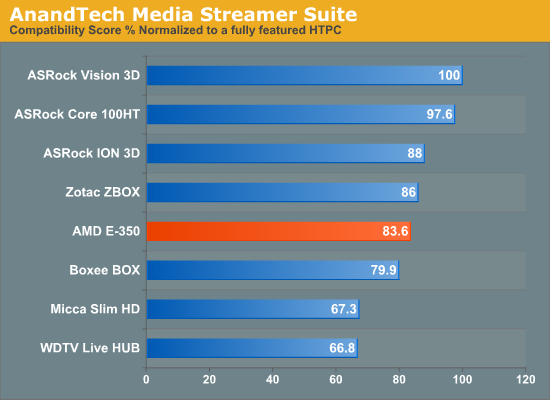
Failed Tests
- 1080p60 60 fps L5.1 H.264
- L5.1 H.264 (16 reference frames)
- FLAC, ASS Subs - High CPU Utilization
- HD Real Media
- Deinterlacing
Numerically, Brazos actually falls behind ION. Allow me to explain why. Our Media Streaming suite tests virtually everything you might throw at a HTPC. When it comes to the most commonly found content, Brazos excels. It can handle Blu-ray discs (although there’s no Blu-ray 3D support), it can deal with 1080p x264s commonly found online and it even accelerates Flash video (more on this later). Brazos’ UVD3 however is tied to clock speed, and the GPU clock of the Radeon HD 6310 is pretty low at 500MHz. As a result, Brazos fails certain tests. The platform is incapable of accelerating and playing back 1080p60 H.264 video. Very little content falls into this category, however if you want to play it you can’t on Brazos. The good news is 1080i60 works just fine.
Brazos’ GPU also fails all of our deinterlacing tests, something we noticed in reviews of AMD’s entry level GPUs. The higher end models don’t have an issue here but the lesser equipped models do. Again, chances are that you won’t want to watch interlaced content on your Brazos HTPC so this is likely not a big issue.
The other shortcomings are videos with components that aren’t accelerated by UVD3. For example, HD Real Video chugs on Brazos as does our heavy FLAC + ASS subs test. If you’re playing non-3D Blu-ray content or 1080p24 x264s you find on the web, Brazos will easily fit the bill. It’s the more eccentric content that you’ll run into CPU limitations with.
Since the Radeon HD 6310 is derived from AMD’s desktop GPUs we get full 23.976 fps support when you select 23Hz in AMD’s Catalyst driver:
Selecting 24Hz yields a 24.000Hz refresh rate.
As I mentioned earlier bitstreaming both TrueHD and DTS-HD MA are supported over HDMI:
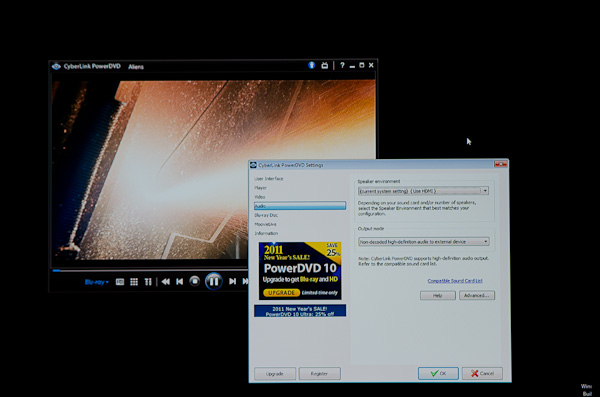


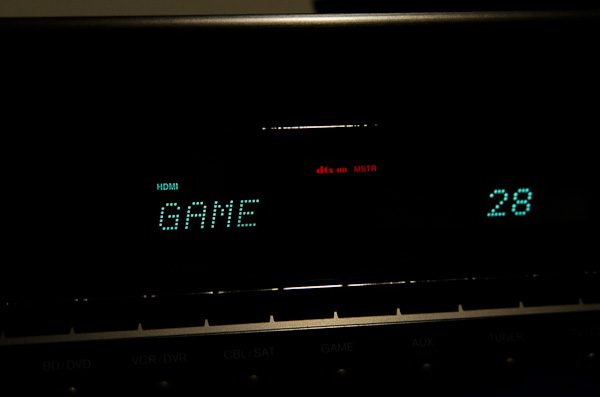
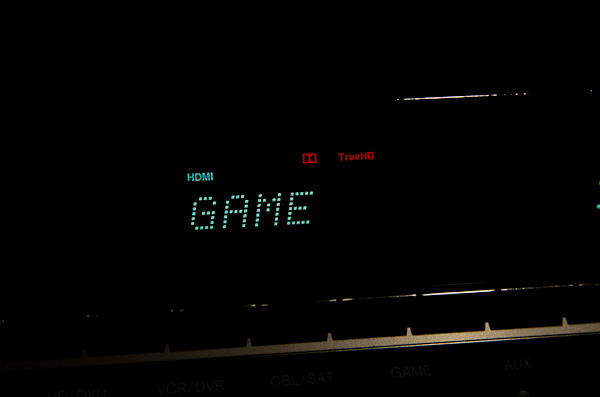
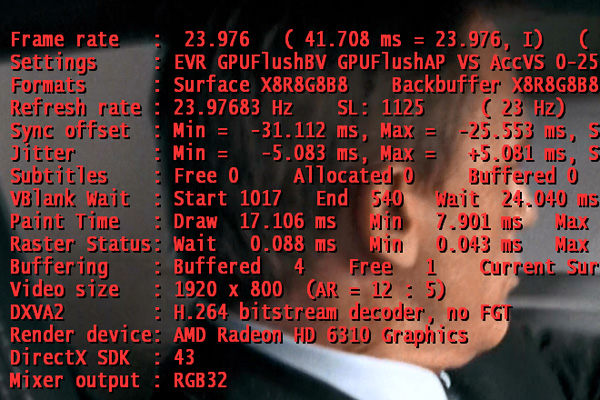








176 Comments
View All Comments
tipoo - Thursday, January 27, 2011 - link
Goodbye, crappy Atom.ssj4Gogeta - Friday, February 4, 2011 - link
@Anand:"Remember that the Atom 330 is a dual-core CPU with SMT (4-threads total) so you’re actually getting 17.2% of four hardware threads used, but 34.4% of two cores."
Why would you say that, when those 4 threads are actually running on the 2 CPU cores? Or is it that the average for the 4 threads can never exceed 50%? Only in that case your doubling of the number makes sense.
ClagMaster - Thursday, January 27, 2011 - link
This is amazing performance for an 18W processor if you really think hard about it.This rig will beat my Athlon 1700+/KT266A/DDR-266/GeForce 4200 rig I had six years ago.
AMD will sell a lot of these Bobcats after the final bugs are worked out.
Dark_Archonis - Friday, January 28, 2011 - link
No, no it's not. Intel will very soon release 17W ULV Sandy Bridge CPUs.Even a current ULV Arrandale CPU will take out a Brazos in terms of CPU performance.
Kiijibari - Friday, January 28, 2011 - link
Hahaha ... attacking tiny Zacate with a Sandy Bridge ... yes it may have triple or quadruple performance, but so will be it's price ^^Shadowmaster625 - Friday, January 28, 2011 - link
yeah and the tray price will be $188 per cpu, in qty's of 1000. Haha good luck with that.djgandy - Friday, January 28, 2011 - link
Yes I am looking forward to ULV Sandybridge. I still have a Core Duo CULV which is starting to show its age. I'm sure it is still way faster than Atom and Zacate.It may cost more but you'll have 2-3 times the CPU performance with SB. Plus it should have dedicated video decode.
coconutboy - Friday, January 28, 2011 - link
You're only talking about the speed and if that's all you need, of course focus on a much pricier alternative. Now add in power envelope and price which is the entire point of this thing; moderate performance, very low power draw, dirt cheap. AMD nailed all of that.Brazos e-350 can be built as a tiny, passively cooled unit that costs a mere $100. If my neighbor asks me to build her a new system (again), this is EXACTLY what she'd want. It'll sit quiet 'n' cool in her living room right next to the TV and cost peanuts.
Toughest part of building a ~$200-250 Brazos rig will be getting an inexpensive (but not cheaply made), passively cooled PSU and case. RAM prices are barely a concern.
sebanab - Friday, January 28, 2011 - link
"you'll have 2-3 times the CPU performance with SB" -> the things i use notebooks for don't need allot of CPU.If you do allot of PI calculations / video encoding / SETI , well , you should get a job. And when you do get a job, you will also understand why a 500$ notebook is better than a 1K$.
I hope i don't annoy anyone , but Intel really has to pay for the four years of selling Atom saying "it is good enough".
knedle - Saturday, January 29, 2011 - link
I have a job and I'm running SETI (now it's called BOINC).When I have to make decision - get computer that will give me more SETI points, or computer that will give me more "money saved" points, I go for the money. :D